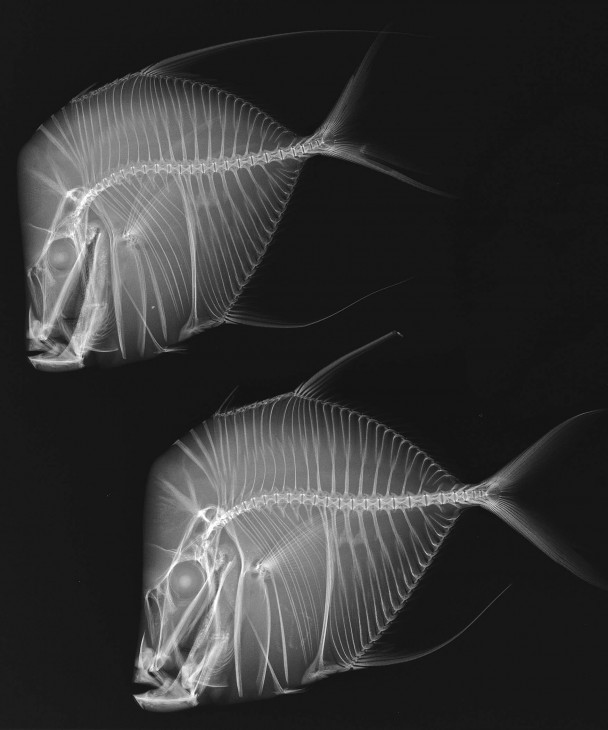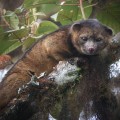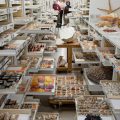What Google is attempting for books, the University of California, Berkeley, plans to do for the world’s vertebrate specimens: store them in “the cloud.”
Online storage of information from vertebrate collections at the Smithsonian Institution, American Museum of Natural History, National Museum of Natural History in Paris, UC Berkeley’s Museum of Vertebrate Zoology and from hundreds of other animal collections around the world – or at least, all collections that include animals with backbones – will make them readily available to academic researchers and citizen scientists alike.
Computing clouds are shared pools of servers that can be accessed from anywhere, anytime, and are far more reliable than computer servers at individual institutions.

Lookdown fish (Selene vomer) an image from “X-ray Vision: Fish Inside Out,” an exhibition from the Smithsonian’s National Museum of Natural History and the Smithsonian Institution Traveling Exhibition Service.
The project to create VertNet, a cloud-based collection of vertebrate specimens, got off the ground this summer thanks to a three-year, $2.4 million grant from the National Science Foundation. VertNet will pave the way for similar cloud-based resources consolidating animal and plant information from state, national and international collections. VertNet merges four earlier databases
VertNet will merge four successful but financially unsupported database networks – MaNIS for mammals, ORNIS for birds, HerpNET for reptiles and amphibians; and FishNet. By summer of 2012, these vertebrate collections databases should be “mobilized” to the cloud with the collections of some 75 institutions now on the VertNet waiting list, including museums in Ecuador and Africa, soon to follow.
–Source: University of California, Berkeley





